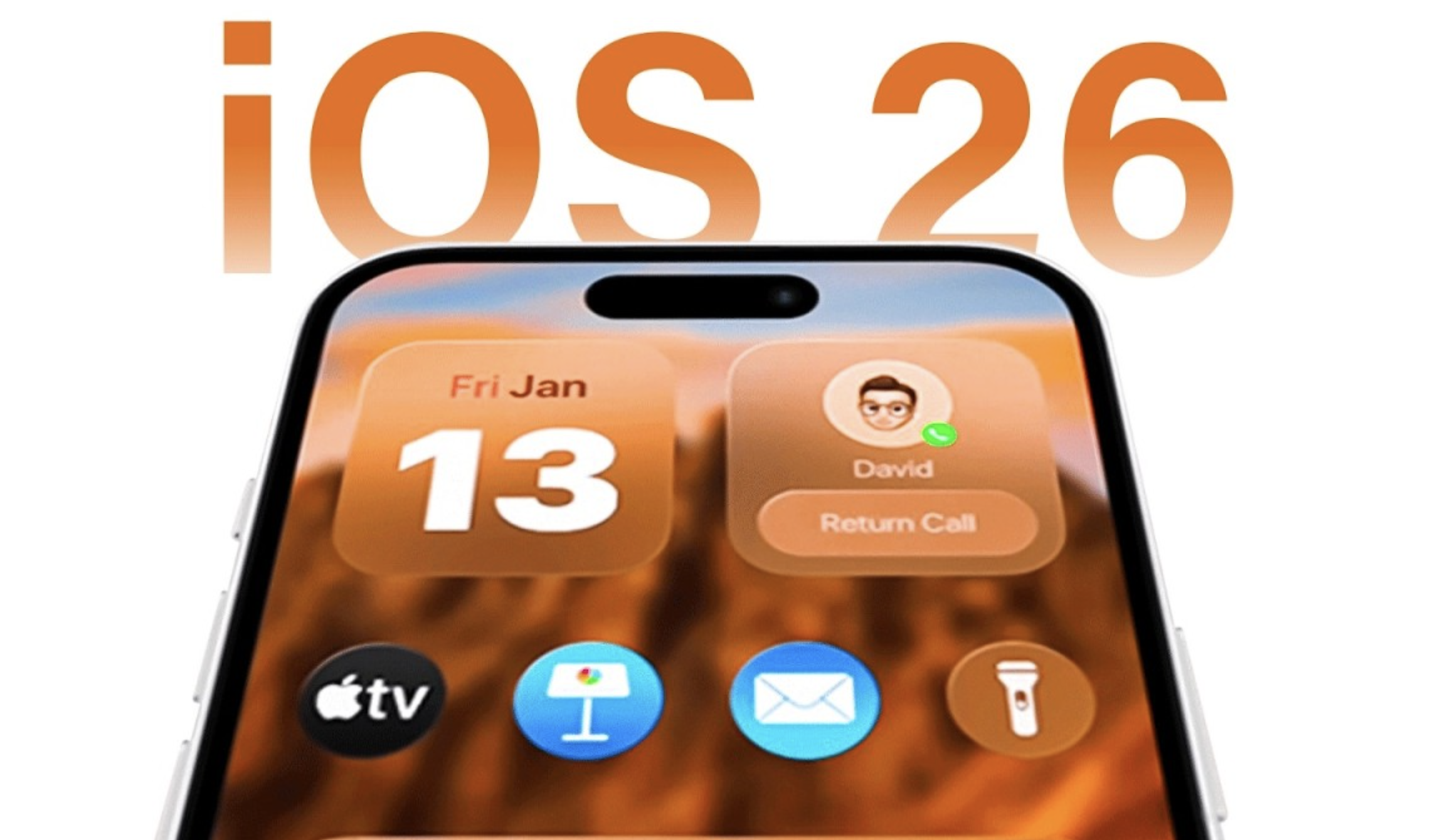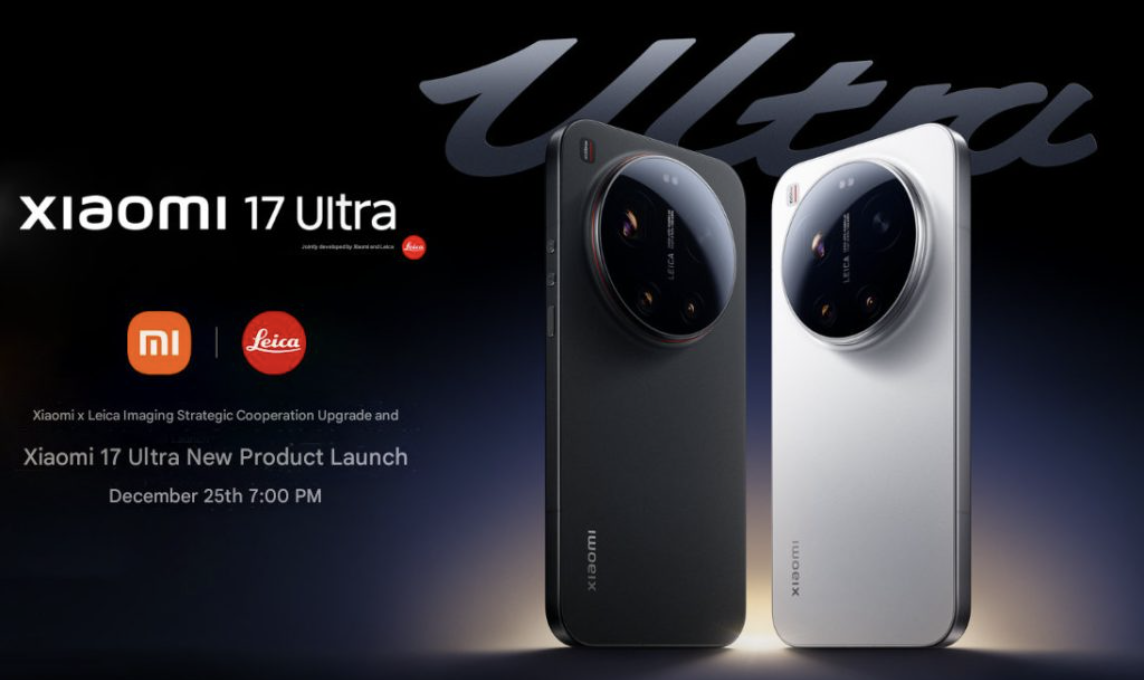The much-anticipated Apple iPhone 16 is set to debut with the new A18 chipset, which incorporates SoftBank-owned Arm’s cutting-edge V9 design. This development highlights Apple’s drive to integrate next-generation technology into its flagship devices, particularly as it aims to expand Apple Intelligence – a suite of generative AI features. The shift to the V9 architecture brings significant advancements in processing power and efficiency, positioning the iPhone 16 as a performance powerhouse.

Arm’s V9 Design: A Game-Changer for Apple
Arm’s V9 design, first introduced in 2021, is a significant leap from its predecessor, the V8 architecture, which powered earlier iPhone models. According to Arm CEO Rene Haas, the V9 architecture generates twice the royalties for Arm compared to the V8, reflecting its superior capabilities and value. This architecture is vital for powering the advanced features Apple is developing, especially in the realm of AI.
Incorporating the V9 design into Apple’s A18 chip is a natural progression following the success of the M4 chips used in Apple’s MacBook lineup. The M4, based on the same architecture, was lauded for its massive performance gains, and similar improvements are expected in the iPhone 16, particularly in its ability to handle AI-driven tasks seamlessly.
Apple Intelligence: Generative AI on the iPhone
The A18 chipset, with its enhanced processing power, will be crucial in bringing Apple Intelligence to the forefront. Apple Intelligence encompasses several generative AI features that are expected to debut on the iPhone 16, including an upgraded Siri, custom emoji generation, and advanced photo editing tools powered by in-house AI models. These features will improve the user experience, making the iPhone 16 not just faster but smarter.
Interestingly, some of these AI tools will also be available on the iPhone 15 Pro and iPhone 15 Pro Max, which feature the A17 Pro chip built on Arm’s V8 architecture. However, the full potential of these features is likely to be unlocked with the new A18 chip and its V9 architecture.
Enhanced 5G Connectivity
Beyond the new chipset, the iPhone 16 Pro models are rumored to include Qualcomm’s Snapdragon X75 modem, offering faster and more efficient 5G connectivity compared to the X70 modems used in current iPhones. This upgrade is expected to further enhance the iPhone’s overall performance, especially in terms of internet speed and battery efficiency.
In conclusion, the upcoming iPhone 16 promises to deliver a substantial leap in performance, powered by Arm’s V9 architecture and the integration of Apple Intelligence.














